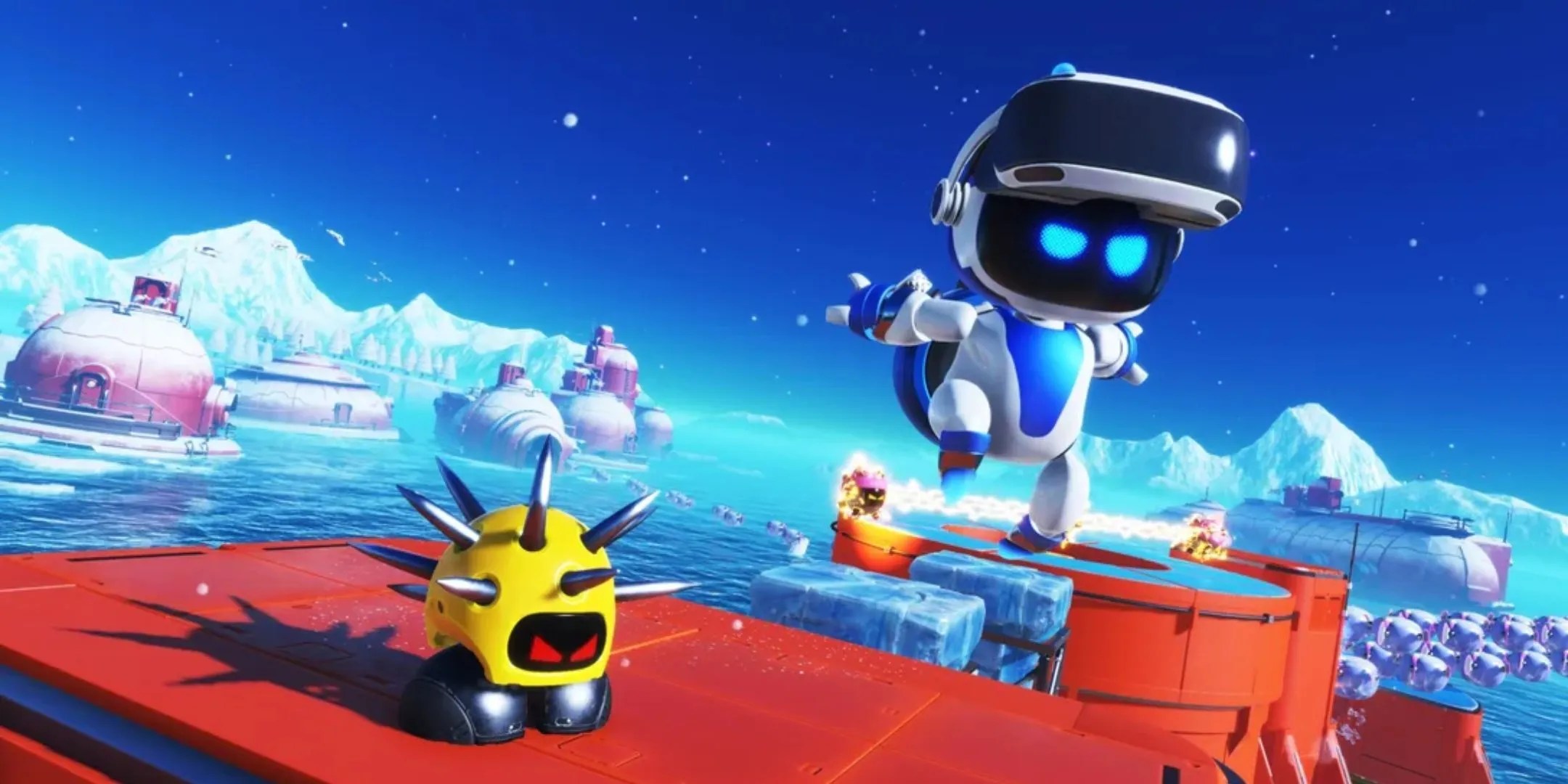In a recent interview withColin Moriarty’s Sacred Symbols podcast, former CEO of SIE Worldwide Studios Shuhei Yoshida, said, “the double-A market seems to have disappeared.”
That statement isn’t wrong, per se, but I take issue with the idea that the double-A marketdisappearedwithout a trace. Disappear is a word that suggests no cause. If you say that someone disappeared, for example, it has a very different implied meaning than saying they were kidnapped or killed. Those words imply a culprit. A disappearance is mysterious. Maybe no one did it, who knows?

Double-A Homicide
But we know what happened to the double-A market. It isn’t a mystery, and Yoshida alludes to the cause in the same conversation. The longer version of his statement reads, “as the big games became bigger — the indies filled the gap and the double-A market seems to have disappeared.” When taken together, those two causes Yoshida references explain the death of double-A.
The problem plaguing mid-budget games is the same problem plaguing mid-budgetmovies. Hollywood mostly makes mega-budget blockbusters and low-budget indie films. One end of the spectrum is calculated to reach the broadest possible audience and play well in international markets (unlike, say, comedy, which is more culturally specific), and the other doesn’t cost much to make but can bring in awards or fill a slot in the release schedule.
Studios often aren’t even funding these smaller movies from the beginning, and instead come in after they’re finished and observably good. The ideal version of this model has the studio taking the biggest risk on the movie that can net it the biggest reward and the smallest risk on the movie that can, at worst, be a small-scale failure.
As the recentfailure or underperformance of many would-be blockbusters has shown us, though, there’s a pretty big downside to ever-increasing budgets.
Video games aren’t that different, and the logic driving live-service games and mega-budget single-player titles is the same. Spend big, but get a game likeFortnitethat rakes in huge piles of money every single year, or a game likeThe Last of Us Part 2that sells a ton of copies and wins a bunch of awards with remasters following in the years to come.
In the case of indies, platform holders benefit, but the creators take all the risk. It’s great forXboxto haveCupheadon its platform, for example, but its developers were the ones who put in years making a game that could have, just as easily, come and gone without any attention. The party that can afford the most risk (a huge publisher) has offloaded the risk to the parties that can afford the least (regular people trying to make a game).
Risk Big, Earn Big
With this dynamic in play, it’s easy to see how double-A got the axe. If publishers can spend the bulk of their resources on live-service games or expensive-looking single-player experiences, and get big, long-term returns on investment, why wouldn’t they do that? And if they can just acquire completed indie games to publish, why would they invest in developing more expensive double-A games in-house? Big risk for big success, small risk for small failure. Sounds good.
As a result, many double-A developers, likeHi-Fi Rushcreator Tango Gameworks andGravity Rushcreator Japan Studio have been killed (thoughTango was, thankfully, revived). They don’t satisfy the shareholder-driven need for numbers to always go up, and they also aren’t as cheap to make as, say,BalatroorAmong Us.
But last year provided several case studies on why this is (and always was) an untenable long-term strategy.PlayStation spent a lot of money, and the better part of a decade, on Concord. The live-service shooter flopped as hard as a game has ever flopped and got deleted from existence two weeks later.
Meanwhile,Astro Bot, one of the few double-A games to emerge from Sony in recent years, was a massive critical success, sold 1.5 million units in two months, and won Game of the Year at The Game Awards and several other high-profile events. A relatively small investment on Sony’s part that, nevertheless, enjoyed all the kinds of success a game can enjoy.
While discussing this issue, my colleague James Troughton pointed out that remasters have taken the spot that double-A games once occupied, and I think that’s 100 percent correct.
Astro Bot highlights that it was always a mistake to let double-A games die on the vine. As triple-A game budgets and development cycles continue to swell, smaller games like Astro Bot are crucial for publishers who need games to sell and players who need games to play. Massive games like The Elder Scrolls 6 and GTA 6 may take over a decade to launch, but double-A games can fill the gap. And, really, isn’t the most important thing for the health of the games industry… that there are games to play?